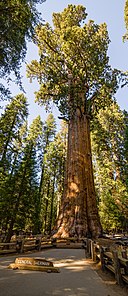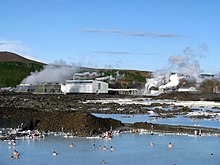I didn’t really feel like writing about the environment so I decided to change the topic for this one and discuss last semesters topic, fencing
While I excel at fencing, there is much need for improvement, and a loss can be a gain in many respects. Last year, I was under a lot of pressure to take first place at the Fencing Individual States Championships (CT) by both my peers and myself. I was, and still am, the #1 seed in Connecticut High School Fencing; I aspire to win. A victory my junior year was needed to solidify my legacy as a high school fencer and advance my candidacy for collegiate fencing.
From the moment I started fencing at the tournament, I quickly learned that my competitors had studied my attacks and were targeting me with unconventional moves to unseat me. I lost my first bout, only my second loss of the season, but losses happen and from experience, I had learned how to push through them. I soon found my stride and started working my way through the direct-elimination levels. When I reached the semi-finals, I faced a worthy competitor in a close match. Suddenly, he parried with an abrupt circular motion, deflected my blade and scored a touché. My 14-13 lead in a race to 15 had evaporated and we were now tied. I wasn’t worried as bouts this close normally excite me. But then in a quick flash, after I attacked high expecting to hit him, he anticipated and ducked. Then he hit me in the chest, and I realized that I, my team’s veteran fencer, had lost.
To make matters worse, my inexperienced teammate, my best friend whom I had mentored for the season, won his bout and advanced into the final. He secured the title I had longed for, and I came in third. Although disappointed, I was proud that I had done well for my school, and most of all, that my mentee had learned so well under my direction. As the most experienced fencer, I had taken on the role of team leader, and my coaches recognized this and would later appoint me captain. While I had lost the championship for myself, I had greatly helped our team’s standing advance. Guilford was now ranked number one!
With our team victory being bittersweet for me, I couldn’t sulk because the very next weekend was the Team States Tournament in which our team was the projected favorite. Now my best friend and I were what I liked to call the “wombo-combo”, meaning we were the top fencers to beat. Our opponents now didn’t know on whom they should focus: me, the #1 seed, or my friend, the newly crowned State Champion. I was able to push through my disappointing loss of the week prior and return a stronger fencer for my team, plowing through my opponents. Now fencing with consistency, and as my team’s anchor, I led my team to the finals. We took second, a medal-worthy achievement, yet unlike the previous week’s loss, this one was different; I lost with my team, fencing our best, as opposed to losing by myself, fencing my worst. This is a lesson I will take into this year’s tournaments and onward into life.
As a philosophy, I always say, “I don’t know what lies ahead, but I have developed the skills and tools to overcome it.” I believe my ability to adapt to unfamiliar or unexpected situations, such as those in fencing including wins and losses, will allow me to be successful regardless of the environment.
:max_bytes(150000):strip_icc()/Chandeliertree-5bc6b45946e0fb0026e80c81.jpg)






